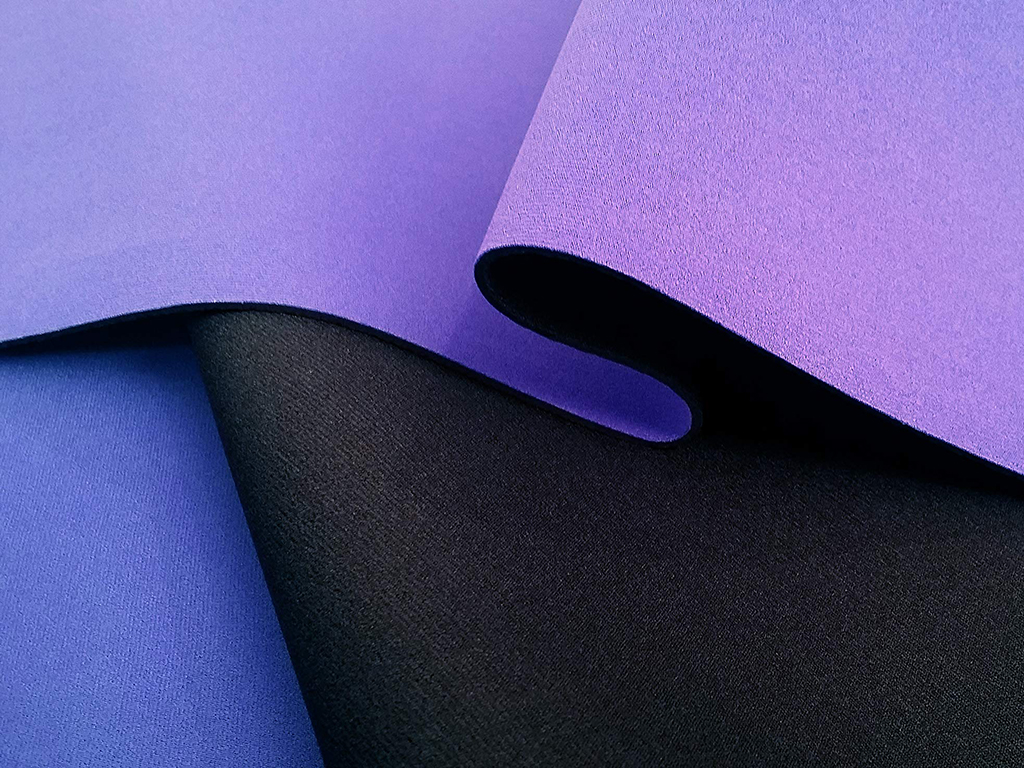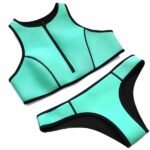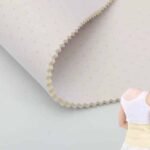Neoprene pads are becoming a popular choice in various industries due to their durability, flexibility, and wide range of applications. Whether for industrial, commercial, or personal use, neoprene pads offer unique benefits that set them apart from other materials. If you’ve ever wondered what a neoprene pad is and why it’s so versatile, this guide will provide all the answers.
A neoprene pad is a rubber-like material designed for cushioning, insulation, and protection. Its properties make it ideal for various uses, including vibration dampening, surface protection, and thermal insulation.
Let’s explore the uses, benefits, and comparisons of neoprene pads to help you understand their full potential.
What Is a Neoprene Pad?
A neoprene pad is a flat piece of material made from neoprene, a synthetic rubber known for its flexibility and durability. These pads are commonly used as cushioning or protective layers in various settings.
Neoprene pads are versatile tools that provide cushioning, thermal insulation, and water resistance. They are used in industrial, commercial, and everyday applications to protect surfaces and absorb impact.
The unique properties of neoprene make it an excellent choice for environments that require durability and adaptability.
Key Features of Neoprene Pads
| Feature | Description |
|---|---|
| Flexibility | Can bend and stretch without tearing. |
| Water Resistance | Repels moisture and resists corrosion. |
| Thermal Insulation | Protects against heat and cold. |
| Shock Absorption | Dampens vibrations and absorbs impacts. |
What is neoprene mat used for?
Neoprene mats, a specific type of neoprene pad, are used in a variety of environments due to their anti-slip, durable, and insulating properties. They can serve both functional and protective purposes.
Neoprene mats are commonly used for floor protection, workout equipment padding, and vibration dampening in industrial settings. Their water-resistant and anti-slip surfaces make them versatile and reliable.
These mats are popular in both commercial and personal spaces, thanks to their resilience and adaptability.
Common Applications of Neoprene Mats
- Gym Flooring: Protects floors from heavy equipment and reduces noise.
- Industrial Workstations: Reduces vibration from machines and enhances worker comfort.
- Surface Protection: Prevents scratches and wear on delicate surfaces.
How Are Neoprene Pads Used?
Neoprene pads are highly versatile and can be adapted to meet specific needs across industries. Their flexibility and durability make them ideal for applications that require reliable performance under pressure.
Neoprene pads are used in automotive, medical, and construction industries for cushioning, sealing, and insulation. They also serve as protective layers in electronic devices and sports equipment.
Examples of Neoprene Pad Applications
- Automotive: Used as gaskets, vibration dampeners, and seat padding.
- Medical: Serves as cushioning in braces, supports, and prosthetics.
- Construction: Acts as a barrier for waterproofing and thermal insulation.
Neoprene Pads in Everyday Use
- Mouse Pads: Provides a smooth surface and wrist support for extended use.
- Sports Gear: Adds comfort and protection in knee pads, elbow guards, and wetsuits.
What Are the Benefits of Neoprene Pads?
Neoprene pads offer a unique combination of properties that make them stand out from other materials. From durability to water resistance, their benefits are unmatched in many applications.
The benefits of neoprene pads include flexibility, water resistance, thermal insulation, and shock absorption. These features make them suitable for both industrial and personal use.
Advantages of Neoprene Pads
- Durability: Resistant to wear and tear, even in harsh environments.
- Waterproof: Prevents water damage and corrosion.
- Thermal Protection: Shields against extreme temperatures.
- Anti-Slip Properties: Provides a stable surface in wet or dry conditions.
Why Choose Neoprene Pads?
| Benefit | Application |
|---|---|
| Shock Absorption | Reduces vibration in machinery. |
| Flexibility | Easily adapts to various shapes and sizes. |
| Heat Resistance | Protects components from overheating. |
| Longevity | Outlasts many alternative materials. |
How Do Neoprene Pads Compare to Pads Made of Other Materials?
Neoprene pads are often compared to rubber, foam, and silicone pads. Each material has its strengths, but neoprene often stands out due to its versatility and performance.
Neoprene pads outperform rubber and foam in flexibility, durability, and thermal insulation, while offering a more cost-effective solution compared to silicone.
Material Comparison: Neoprene vs. Alternatives
| Feature | Neoprene | Rubber | Foam | Silicone |
|---|---|---|---|---|
| Flexibility | Excellent | Moderate | High | Excellent |
| Water Resistance | Excellent | Good | Poor | Excellent |
| Durability | High | High | Low | Very High |
| Cost | Moderate | Low | Very Low | High |
Neoprene strikes a balance between affordability and performance, making it an ideal choice for diverse applications.
Conclusion
Neoprene pads are a versatile, durable, and cost-effective solution for a wide range of applications. Whether you need thermal insulation, water resistance, or impact protection, neoprene pads deliver unmatched performance. At Szoneier, we specialize in high-quality neoprene products that can be customized to your exact needs.
If you’re looking for reliable neoprene pads for industrial or personal use, our team can help. We offer tailored solutions for brand owners, wholesalers, and retailers. Contact us today for more information or to request a free sample.











